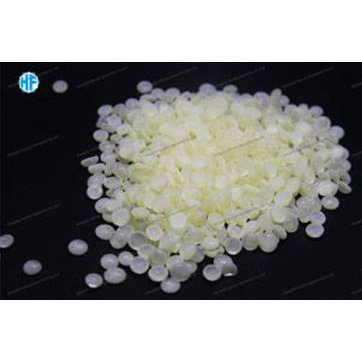Pumping Safety: Understanding the Features for Customers at Gas Stations
2024-03-18
For many drivers, pulling into a gas station and filling up the tank is a routine part of their journey. With the rise of self-service gas stations, customers take on the responsibility of pumping their own gas. While convenient, it's crucial for gas stations to prioritize safety features to protect both customers and the environment. In this blog, we'll explore the safety features in place for customers who pump their own gas, highlighting the measures taken to ensure a safe and smooth refueling experience.
Emergency Shut-off Valves:
One of the most critical safety features at gas stations is the emergency shut-off valve. Located on the pump nozzle, this valve automatically shuts off the flow of gasoline if the nozzle is removed from the vehicle's fuel tank abruptly. This prevents spills and minimizes the risk of fire or injury in the event of a sudden movement or accidental detachment.
Overfill Protection Devices (OPDs):
Overfill protection devices are installed in modern gas pumps to prevent overfilling of fuel tanks. These devices automatically shut off the pump when the tank reaches its capacity, reducing the risk of spills, leaks, and fuel overflow. OPDs help prevent fuel wastage and minimize environmental contamination caused by gasoline spills.
Vapor Recovery Systems:
Vapor recovery systems are designed to capture and contain gasoline vapors emitted during the refueling process. These systems prevent the release of harmful volatile organic compounds (VOCs) into the atmosphere, contributing to air pollution and smog formation. By capturing and recycling gasoline vapors, vapor recovery systems help mitigate environmental impact and promote air quality.
Grounding and Bonding:
Gas stations are equipped with grounding and bonding systems to dissipate static electricity and prevent sparks during refueling. Grounding ensures that any static charge accumulated by the vehicle or the customer is safely discharged, reducing the risk of ignition and fire in the presence of flammable gasoline vapors.
Clear Instructions and Safety Signage:
Gas stations provide clear instructions and safety signage to guide customers through the refueling process and highlight safety precautions. Signs indicating no smoking, turning off engines, and avoiding cellphone use are prominently displayed to remind customers of potential hazards and safety protocols while refueling.
Customer Assistance and Training:
Gas station attendants are trained to assist customers and address any safety concerns during the refueling process. They provide guidance on proper nozzle insertion, fuel selection, and emergency procedures to ensure a safe and efficient refueling experience. Additionally, customers can seek assistance from attendants for unfamiliar or challenging situations.
Routine Maintenance and Inspections:
Gas station owners conduct routine maintenance and inspections of fueling equipment to ensure proper functionality and safety compliance. Regular checks of pumps, hoses, nozzles, and safety features are performed to identify and address any potential issues promptly. Maintenance records are maintained to track equipment performance and compliance with safety regulations.
Conclusion:
Safety is paramount at gas stations, especially for customers who pump their own gas. With a combination of safety features, clear instructions, trained staff, and routine maintenance, gas stations strive to provide a safe and secure environment for refueling. By prioritizing safety measures and investing in infrastructure and training, gas stations uphold their commitment to protecting customers, the community, and the environment during the refueling process. Whether filling up the tank during a daily commute or embarking on a road trip, customers can rest assured knowing that safety features are in place to facilitate a smooth and secure refueling experience at gas stations.



